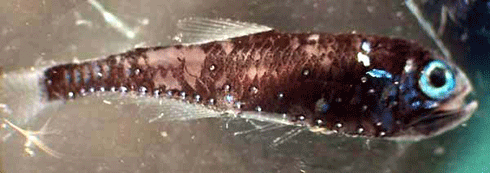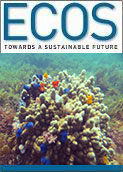
|
Published: 17 February 2014
Study shows oceans’ mid-depths teeming with fish
New research by an international team of marine scientists suggests the global biomass of fish is 30 times more than the accepted estimate.
A team that includes Professors Carlos Duarte and Susana Agusti from The University of Western Australia (UWA) has published a study in Nature Communications which contradicts what experts previously understood about the biomass of fish in the world's oceans.
The team investigated mesopelagic fish, which tend to dominate the world total fish biomass. Mesopelagic fish are open-sea species that occupy the mid-depth of the oceans, from 200–1000m. They are small, often migrate to the ocean surface at night, and have remarkable sensorial capacity – both in vision and in sensing pressure and motion – which enables them to avoid nets and fishing gear (for example, lantern fish).
‘We hadn't been able to accurately estimate their biomass in the past because of the difficulties in sampling,’ Professor Duarte said. ‘Available estimates were based, as this research concludes, on false premises.’
To circumvent these difficulties the researchers collected acoustic observations during the Malaspina 2010 Circumnavigation Expedition that showed that the previous estimate needed to be revised to at least one order of magnitude higher biomass.
‘This means there could be more than 3000 million tonnes of mesopelagic fish in the ocean – a stock still untouched by fisheries and possibly increased due to the decline of their main predators, tuna and swordfish,’ Professor Duarte said.
The Malaspina Expedition, led by Professor Duarte, was one of the world's largest collaborative scientific undertakings targeting the oceans. The $23 million project involved 400 scientists/researchers and two ships circumnavigating the world as part of a research program to investigate the health of the world's oceans.
The expedition investigated the effects on our oceans of climate change, pollution, acidification, plankton levels, and the effects of increased UV radiation. It also looked at biodiversity at the deepest levels of the oceans – the largest and least explored ecosystem on Earth.
The researchers concluded that because of their extraordinary biomass and the fact they were feeding in the upper water column and excreting at depth, mesopelagic fish must play a key role in the healthy biogeochemical cycles of the oceans.
‘Their behaviour accelerates the transfer of carbon from the ocean surface to the depths,’ Professor Agusti said.
Source: UWA




